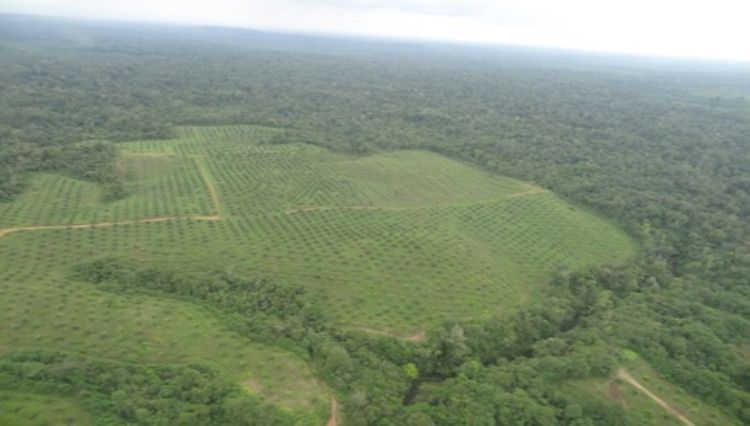COMMUNITIES ENCIRCLED BY OIL PALM CULTIVATION

In a recent special published in MONGABAY, Diego Cazar Baquero describes the alarming socio-environmental situation produced by a poorly planned oil palm industry in Ecuador. The cultivation of African palm for vegetable oil production has been expanding in our country for some years now, directly affecting water resources, soil productivity and local communities. The provinces most affected by this monoculture are Esmeraldas and Los Ríos, where palm cultivation and timber extraction have resulted in the loss of between 48.23% and 14.01% of the native forest area. The palm oil industry requires abundant water to operate, so plantations are generally located near bodies of water and end up deteriorating them. On one hand, the high demand for water can affect the ecosystemic functioning of water bodies and, on the other hand, poor management of the industry’s waste ends up polluting them. Thus, a disorderly development of this industry can become not only an environmental problem, but also a source of socioeconomic conflicts that affect the territories and traditions of local communities.
The impacts of this exploitation are especially serious for indigenous groups that still depend on the forest for their subsistence and water supply, such as the Siona and Siekopai communities of the Ecuadorian Amazon. These communities have been affected by the contamination of water sources in the Shushufindi River, which provides ecosystem services such as water for drinking and irrigation, and fish for food. Similarly, several Afro-Ecuadorian communities in Esmeraldas have lost their territories as a result of the advance of the industry and the people of the communities that have decided not to give in to the oil palm industries are completely enclosed by oil palm cultivation.
Although it is important to recognize the economic contribution of this industry in the country, it is crucial to seek alternatives to mitigate its impacts on ecosystems and communities. From the point of view of consumers, people must be cautious with what they consume and analyze the impact behind each product to look for alternatives. Think about whether the product you are buying is really indispensable. From the industry’s point of view, better compliance with environmental standards and the exploration of less harmful forms of exploitation should be promoted.
Unfortunately, palm oil is used to make a huge variety of food and cosmetic products, so eradicating its production completely is not feasible. But knowing where our products come from and how they are produced should be a habit among us and is the first step to be able to pressure as consumers and favor industries that show signs of greater social and environmental responsibility. Small changes are a good place to start and this is a good time to do it.
By: Camila Piñeiros
Source: Mongabay
Photo credit: Eduardo Rebolledo
